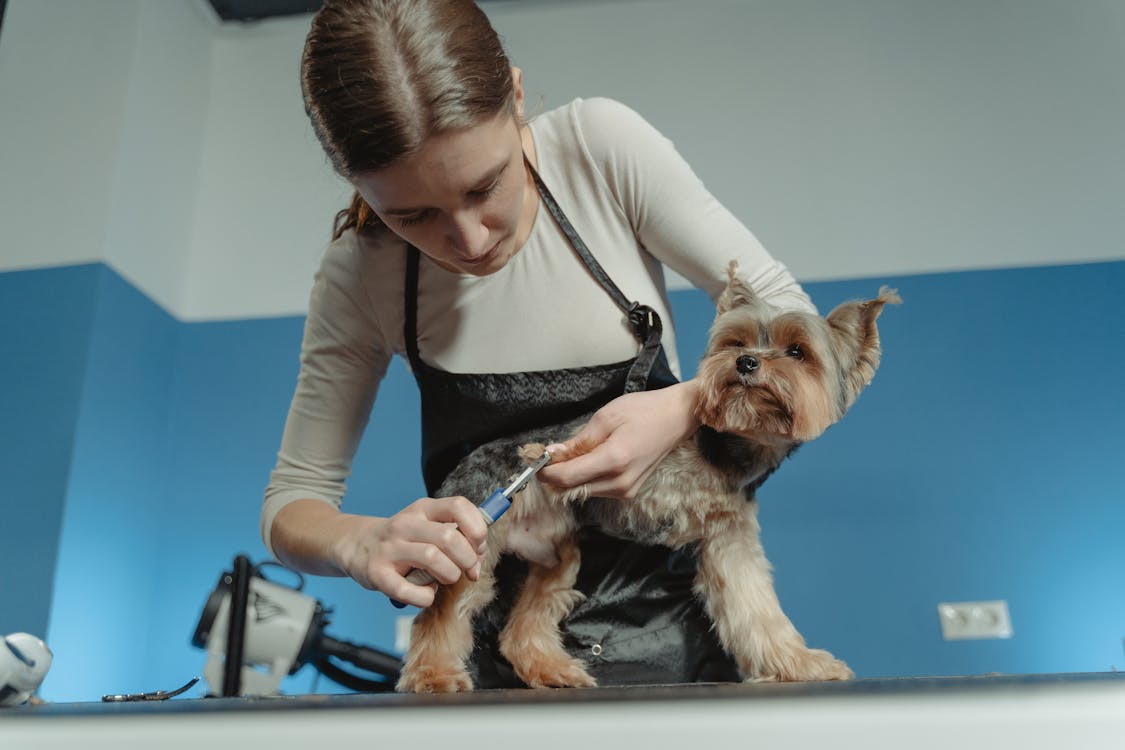Foreign bodies in a pet's ears can be a common source of discomfort and irritation. Understanding the causes, recognizing the signs, and implementing effective management strategies are crucial for maintaining your pet's ear health. In this comprehensive guide, we'll explore the various aspects of foreign bodies in pet ears.
Causes of Foreign Bodies:
**1. Outdoor Exploration:
Pets, especially dogs, are naturally curious and may explore outdoor environments where foreign bodies like grass seeds, plant material, or debris can enter their ears.
**2. Indoor Objects:
Even indoor environments pose risks. Small objects, dust, or particles can find their way into a pet's ears during play or while they explore their surroundings.
**3. Grooming Products:
The use of cotton swabs or inappropriate grooming tools can inadvertently push debris deeper into the ear canal, leading to the accumulation of foreign bodies.
Signs of Foreign Bodies in Pet Ears:
**4. Head Shaking:
Frequent head shaking is a common sign that your pet may be trying to dislodge a foreign body from their ear canal. This behavior is often accompanied by pawing at the affected ear.
**5. Tilting Head to One Side:
Pets with foreign bodies in their ears may tilt their heads to one side in an attempt to alleviate discomfort. This tilting is often noticeable, especially during rest.
**6. Scratching at Ears:
Continuous scratching at the ears or rubbing the ears against furniture may indicate irritation caused by a foreign body.
**7. Vocalizations:
Pets in pain or discomfort may exhibit changes in behavior, including increased vocalizations or signs of distress when the affected ear is touched.
Effective Strategies for Management:
**8. Avoiding Cotton Swabs:
Avoid using cotton swabs or any sharp objects to clean your pet's ears. This can push foreign bodies deeper and potentially cause injury.
**9. Gentle Cleaning:
If you suspect a foreign body, gently inspect the visible part of the ear. Use a veterinarian-recommended ear cleaner to remove any visible debris without pushing it further.
**10. Seeking Professional Assistance:
If you cannot safely remove the foreign body or if your pet's discomfort persists, seek professional veterinary assistance. Veterinarians have the expertise and tools to safely address ear issues.
When to Seek Veterinary Assistance:
**11. Deeply Embedded Foreign Bodies:
If the foreign body is deep within the ear canal or not easily visible, attempting removal at home may cause more harm. Seek veterinary assistance for proper examination and removal.
**12. Persistent Symptoms:
If your pet continues to display symptoms of discomfort, such as head shaking, scratching, or tilting the head, even after attempts at home care, consult with a veterinarian for a thorough examination.
Conclusion:
Foreign bodies in a pet's ears can be a source of discomfort and require careful attention. By understanding the causes, recognizing the signs, and following appropriate management strategies, you can help ensure your pet's ears remain healthy and free from foreign objects.
